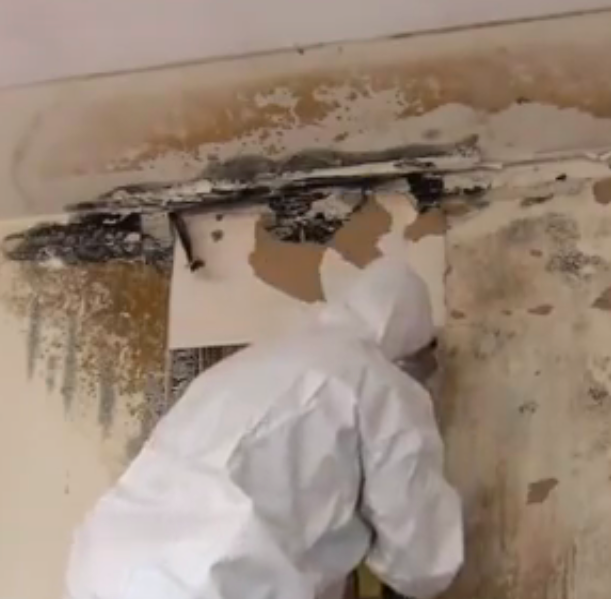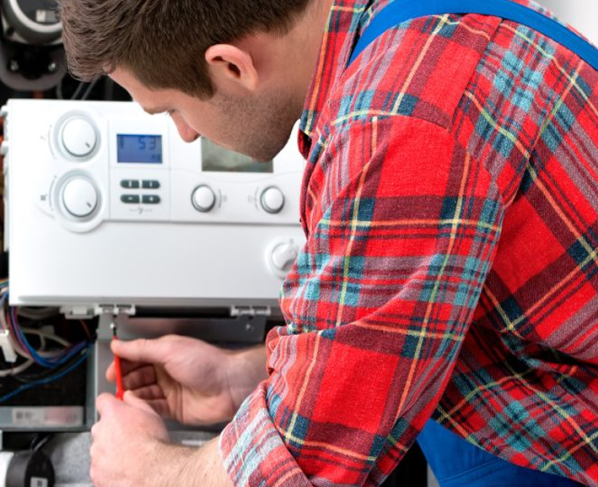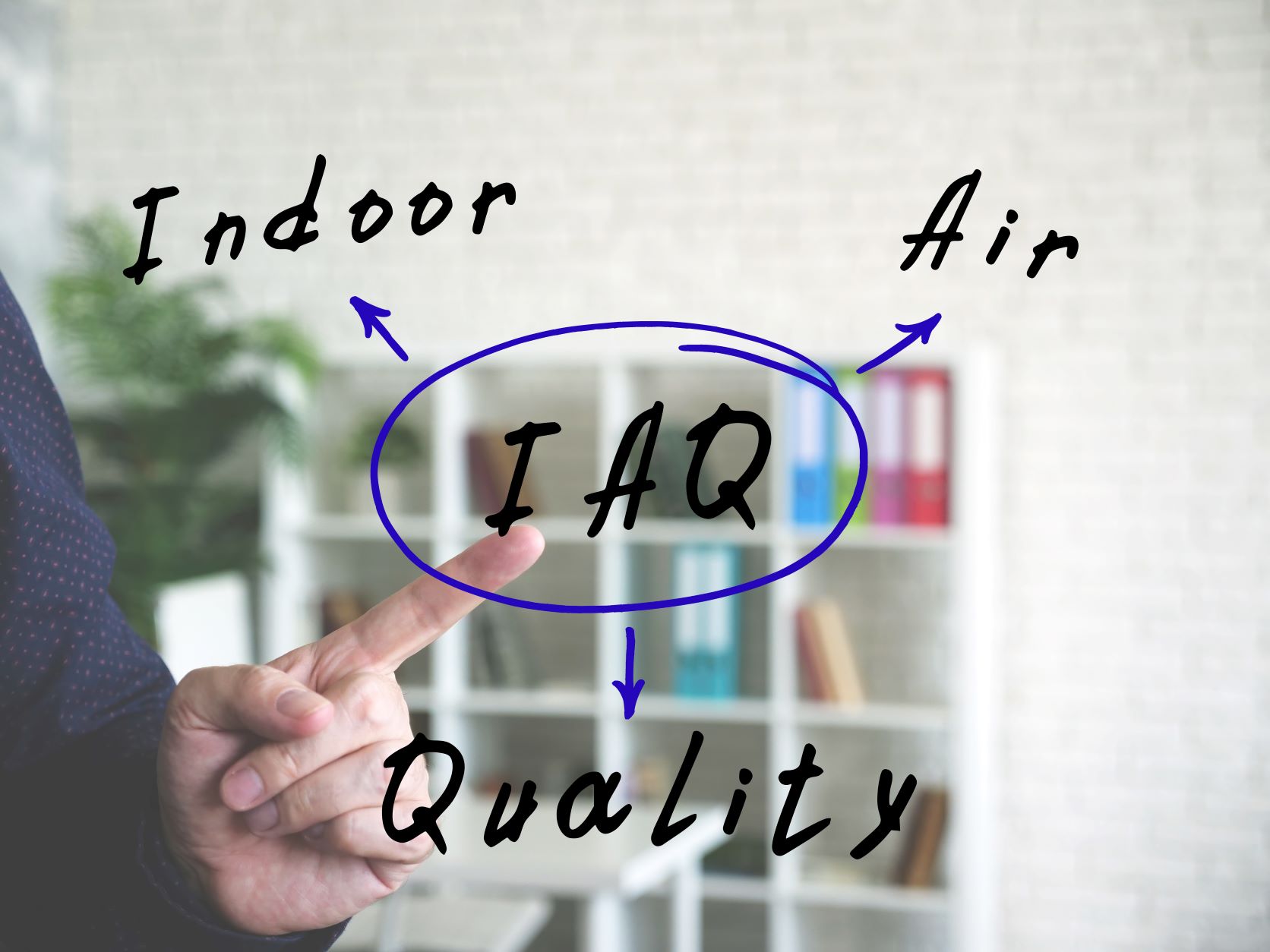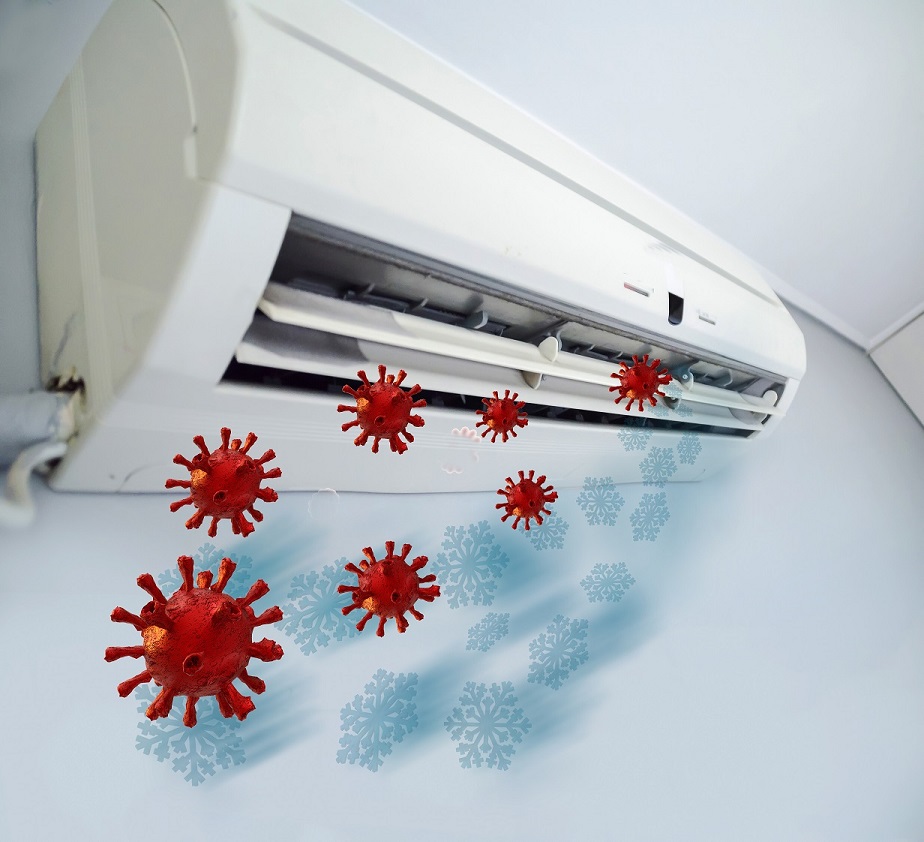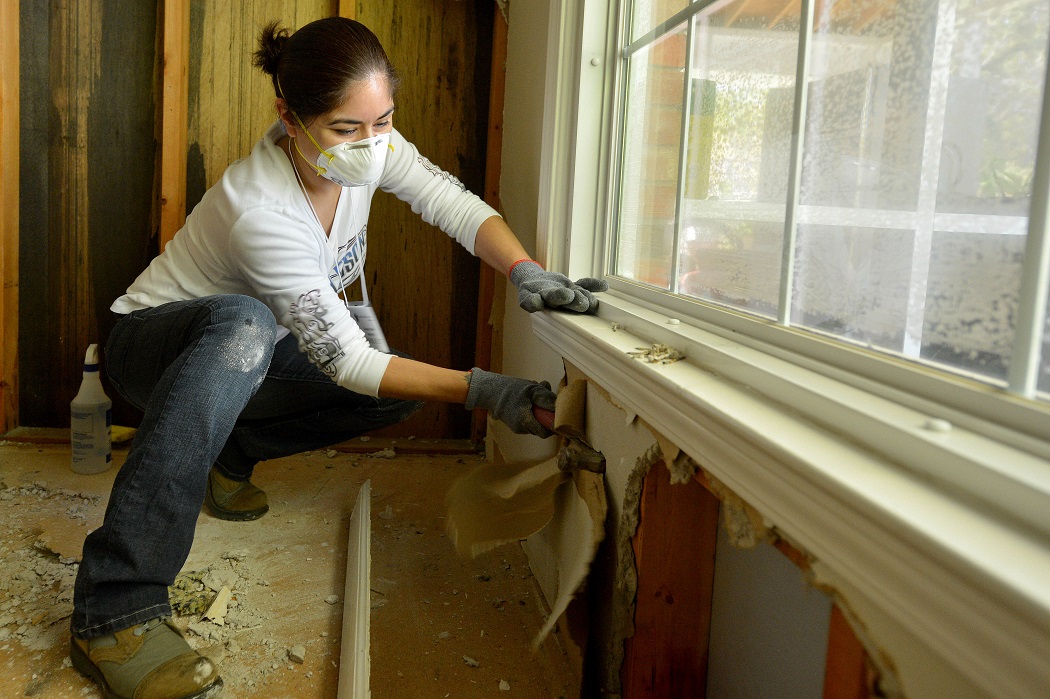- June 11, 2025
- Moshe
What Does a Mold Remediation Specialist Do?
Mold in your home or building is more than just an eyesore. It can damage your property and your health. Mold feeds on organic materials like wood, drywall, and insulation.…
Read More- October 2, 2024
- remodeling blogger
Interior Home Improvement Projects To Prepare for Winter
Winter is coming, and as it approaches, tons of New Jersey homeowners think about ways they can prepare their homes for the cold weather. If you’re one of those homeowners,…
Read More- September 3, 2024
- Moshe
Affordable Home Upgrades for Seniors That Feel Luxurious
Budget-Friendly Home Improvements For Seniors Aging can bring about significant changes in mobility, strength, and overall health. A well-designed home can significantly improve the quality of life for seniors. By…
Read More- October 24, 2023
- remodeling blogger
The Role of Houseplants in Enhancing Indoor Air Quality
In today’s urbanized world, where concrete jungles often overshadow green landscapes, the importance of indoor environments becomes paramount. As we increasingly find solace within the confines of our homes and…
Read More- October 17, 2023
- remodeling blogger
Common Red Flags in Home Inspections and How to Address Them
Buying a home is one of the most significant investments most people will make in their lifetime. To ensure that the investment is sound, a thorough home inspection is crucial.…
Read More- April 27, 2023
- remodeling blogger
The Impacts of Different Heating Systems on the Environment
We heat and cool our homes, schools, and businesses in a variety of ways, from burning wood or natural gas in a furnace to using window air conditioning units. However,…
Read More- February 8, 2023
- remodeling blogger
4 Methods for Improving Indoor Air Quality Using Your HVAC System
Seasonal allergies are awful, right? But what if it wasn’t the pollen outside causing your itchy eyes and congested nose- what if it was coming from inside of your home?…
Read More- July 11, 2020
- remodeling blogger
Does Air Conditioning Spread Coronavirus?
As America struggles to get a handle on the deadly pandemic that is overwhelming hospitals systems in Arizona and Texas with states like California and Florida not far behind, it…
Read More- March 26, 2020
- remodeling blogger
Indoor Air Quality and Your Health
While outdoor air quality is always a concern when we talk about climate change and the chemicals we spew into the atmosphere, our indoor air quality deserves much more attention…
Read More

